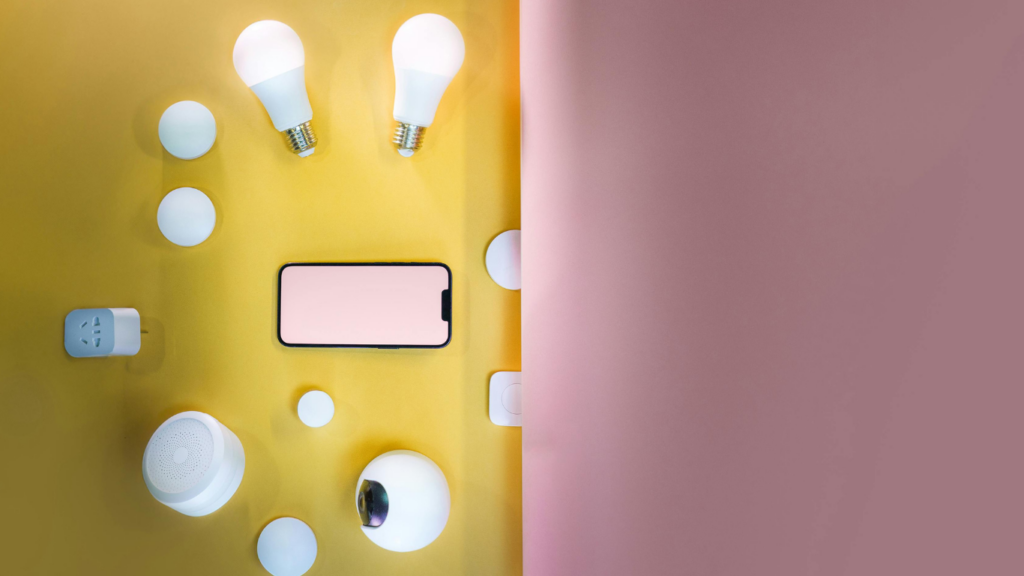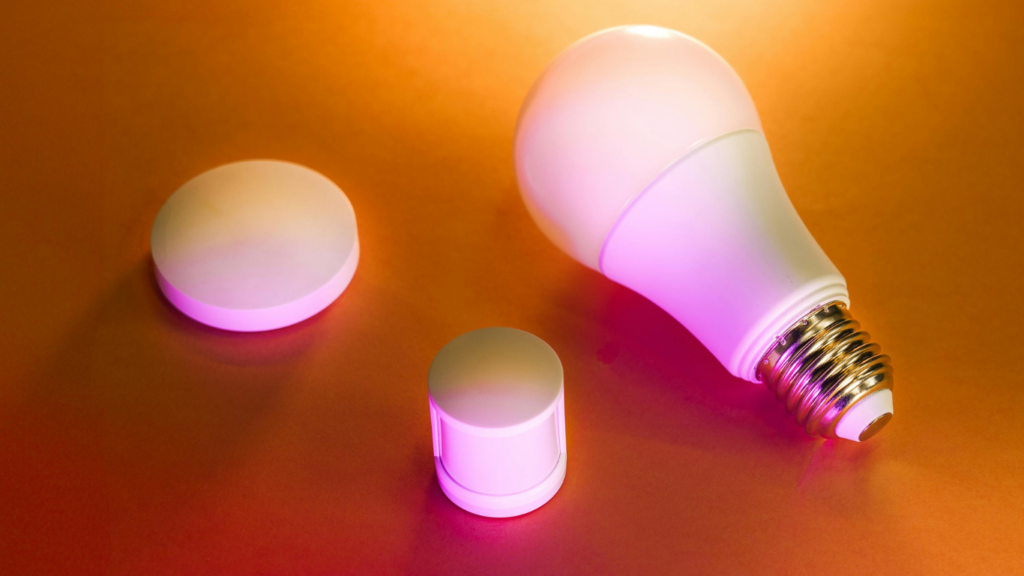The Evolution of Home Lighting
Home lighting has come a long way from simple oil lamps to modern smart systems. Early 19th-century households relied on candles and oil lamps. These sources provided basic illumination but had significant limitations. By the late 19th century, gas lighting became more common in urban areas, offering better light quality and control but still carrying risks of leaks and explosions.
The widespread adoption of electricity in the 20th century revolutionized home lighting. Incandescent bulbs became the standard, providing a more reliable and safer lighting option. While this was a major advancement, energy consumption remained high. Fluorescent lighting introduced in mid-century offered greater efficiency, but many found its color rendering less desirable.
The 21st century brought a shift towards LED lighting, which offers numerous advantages over earlier technologies. LEDs consume less power, have longer lifespans, and offer better light quality. They also enabled new design possibilities, from flexible light strips to compact bulbs fitting various fixtures.
Smart lighting marks the latest evolution. These systems integrate LED technology with wireless connectivity and control via smartphones or voice assistants like Amazon Alexa and Google Home. They offer energy-efficient lighting that can be customized based on time of day, activity, or personal preference. Features like dimming, color changes, and automated schedules enhance both convenience and ambiance. Modern villas benefit greatly from smart lighting, making it an indispensable component of luxurious living.
| Period | Key Development | Characteristics |
|---|---|---|
| Early 19th C. | Candles and Oil Lamps | Basic light, limited control and safety |
| Late 19th C. | Gas Lighting | Better light, risk of leaks/explosions |
| Early 20th C. | Incandescent Bulbs | Reliable/safe, high energy consumption |
| Mid 20th C. | Fluorescent Lighting | More efficient, less desirable color |
| 21st C. | LED Lighting | Efficient, long-lasting, quality light |
| Current Era | Smart Lighting Systems | Energy-efficient, customizable, connected |
Smart lighting is not just a trend but a significant leap forward in enhancing the home’s functionality and ambiance.
Benefits of Smart Lighting in Villas

Smart lighting transforms villas by providing several notable benefits. Let’s explore the key advantages in detail.
Enhanced Security
Smart lighting enhances security in villas. By programming lights to turn on and off at specific times, it mimics occupancy, which deters potential intruders. Integration with motion sensors adds another layer of security; lights activate when motion is detected, illuminating potential trespassers. Remote control via smartphones or tablets offers instant access to lighting controls, enabling homeowners to respond to security alerts even when they’re away.
Energy Efficiency
Energy efficiency is a significant benefit of smart lighting systems. LED technology, integral to most smart lights, uses at least 75% less energy than incandescent lighting. Dimmable features and scheduled lighting reduce energy consumption by adjusting brightness according to time of day or activities. Systems like Philips Hue and Lutron allow for precise control over energy use, optimizing consumption and lowering electricity bills.
Convenience and Customization
Convenience and customization make smart lighting essential in villas.
- Users can create personalized lighting scenes to match various moods or activities, such as relaxing, reading, or entertaining.
- Voice control compatibility with platforms like Amazon Alexa and Google Assistant provides hands-free operation.
- Automation adds convenience by syncing lighting with daily routines, ensuring that lights adjust based on occupancy, daylight, or personal preference, all enhancing the overall living experience in a villa.
Key Features of Smart Lighting Systems
Smart lighting systems for villas offer a blend of:
- convenience
- energy efficiency
- enhanced ambiance
Leveraging advanced technology, these systems can elevate the living experience in every villa.
Remote Control and Automation
Homeowners can control their lighting remotely using smartphone apps. For example, apps like Philips Hue and LIFX allow users to adjust lighting from any location. Automation further enhances this feature, enabling routines to match daily schedules. Lights can automatically turn on at sunset and off at bedtime. This ensures the home environment is always perfectly lit without constant manual adjustments.
Integration with Other Smart Devices
Smart lighting systems can integrate seamlessly with other smart devices. They work effortlessly with smart home assistants like Amazon Alexa and Google Home. Users can employ voice commands for quick adjustments. Additionally, these systems can sync with smart thermostats, security cameras, and even entertainment systems. This integration offers cohesive control and an interconnected smart home experience.
Choosing the Right Smart Lighting for Your Villa
Selecting smart lighting for your villa involves multiple factors to ensure it meets your needs and enhances your living experience.
Consider Your Lighting Needs
First, assess your lighting requirements throughout the villa. For functional areas like kitchens and offices, prioritize bright, task-oriented lighting. Choose softer, ambient lighting for relaxation spaces like bedrooms and living rooms. Accent lighting can highlight artwork and architectural features. For example, LED strips under cabinets enhance kitchen ambiance, while dimmable bulbs in the living room offer flexibility.
Budget and Installation
Next, plan your budget and consider installation complexity. Smart bulbs range from $10 to $50 each, depending on features such as color change and voice control. Smart switches cost between $40 and $100. If retrofitting an existing home, consider whether professional installation is necessary, especially for integrated systems like Lutron or Control4. DIY-friendly options like Philips Hue or LIFX may suffice for straightforward setups. Balancing cost and complexity ensures efficient and functional smart lighting tailored to your villa’s needs.
Real-Life Examples of Smart Lighting in Villas
Smart lighting transforms villas into sophisticated, energy-efficient, and comfortable living spaces. Below are two real-life examples showcasing the benefits and applications of smart lighting systems in villas.
Case Study 1
In a luxury villa located in Beverly Hills, Californian homeowners installed a comprehensive smart lighting system using Philips Hue bulbs. The system integrated with Amazon Alexa for voice control. This setup enabled them to create different lighting scenes for various settings.
They used smart lighting to improve their evening ambiance by setting up a “Movie Night” mode with dimmed, warm lighting. For security, they programmed exterior lights to turn on at sunset and off at sunrise. They also installed motion sensors in less frequently used areas, ensuring these lights only activated when needed.
Overall, the smart lighting system provided convenience, security, and ambiance without sacrificing energy efficiency.
Case Study 2
In another example, a modern villa in Miami, Florida, utilized the Lutron Caseta system for its smart lighting needs. This setup included integrated daylight sensors that adjusted interior lighting based on natural light levels.
Homeowners controlled the system through a mobile app, allowing them to set schedules and remotely manage lights while away. They created a “Welcome Home” scene, which turned on pathway lights and the main hall’s lighting as they approached the house. They also set up an energy-saving mode that dimmed lights when rooms were unoccupied.
The Lutron system enhanced the villa’s comfort and security, demonstrating the practical benefits of smart lighting in everyday life.

 Tara Salcedoner, the founder of Villa Estates Luxe, is a visionary leader in the luxury villa market, dedicated to providing valuable insights and resources for buyers, investors, and property managers. With a focus on current real estate trends and comprehensive market analysis, Tara ensures that the platform remains a trusted source of information. Her commitment to enhancing the luxury living experience through smart home technology and effective property management strategies has positioned Villa Estates Luxe as a premier resource in the industry.
Tara Salcedoner, the founder of Villa Estates Luxe, is a visionary leader in the luxury villa market, dedicated to providing valuable insights and resources for buyers, investors, and property managers. With a focus on current real estate trends and comprehensive market analysis, Tara ensures that the platform remains a trusted source of information. Her commitment to enhancing the luxury living experience through smart home technology and effective property management strategies has positioned Villa Estates Luxe as a premier resource in the industry.